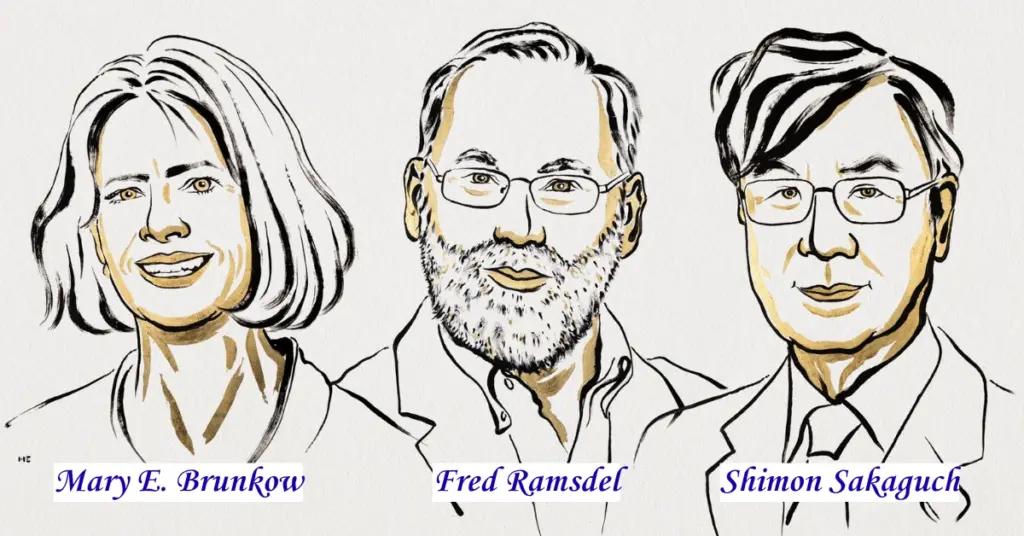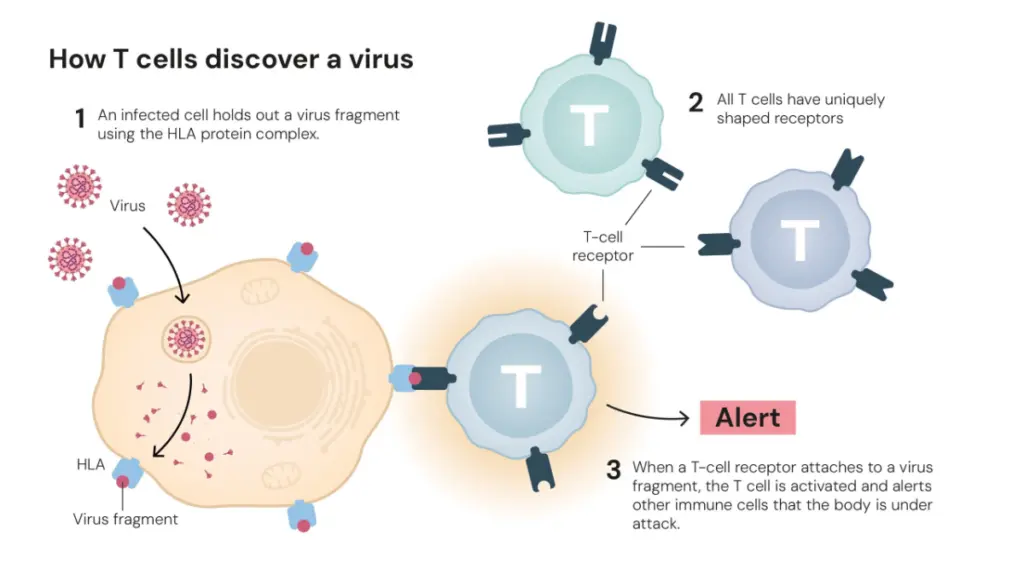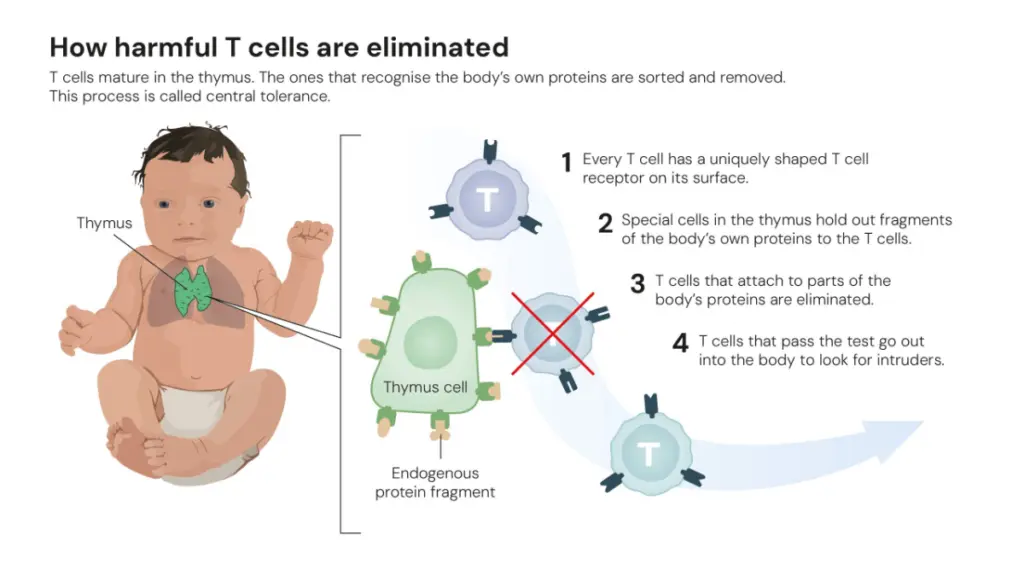Nobel Prize in Medicine 2025: The Nobel Assembly at the Karolinska Institutet has announced that the Nobel Prize in Physiology or Medicine 2025 is awarded jointly to Mary E. Brunkow (Institute for Systems Biology, Seattle, USA), Fred Ramsdell (Sonoma Biotherapeutics, San Francisco, USA), and Shimon Sakaguchi (Osaka University, Japan) for their groundbreaking discoveries concerning peripheral immune tolerance.
Their pioneering work has reshaped our understanding of how the immune system distinguishes between harmful invaders and the body’s own tissues, paving the way for new therapies in autoimmune diseases, cancer, and transplantation medicine.

Nobel Prize in Medicine 2025: Why the Discoveries in Immune Tolerance Matters
The immune system is the body’s defense army, fighting off thousands of microbes daily. But this army can also turn against its own host—a phenomenon that leads to autoimmune diseases such as type 1 diabetes, multiple sclerosis, and lupus.
For decades, scientists believed that immune tolerance was maintained mainly through the elimination of self-reactive immune cells in the thymus (central tolerance). However, the laureates showed that this was only part of the story.
They discovered a second, equally vital layer of regulation known as peripheral immune tolerance, which ensures that rogue immune cells that escape the thymus are kept in check by a specialized group of “security guard” cells called regulatory T cells (Tregs).
The Groundbreaking Contributions of Nobel Prize 2025 Winner
Shimon Sakaguchi (1995): Discovery of Regulatory T Cells
- In 1995, Sakaguchi challenged conventional wisdom by proving that immune tolerance was not solely determined in the thymus.
- He identified a previously unknown class of immune cells—regulatory T cells (Tregs)—that suppress the activity of other immune cells and prevent them from attacking the body’s own tissues.
- This discovery overturned established dogma and opened a new field of research into immune regulation.

Mary Brunkow and Fred Ramsdell (2001): The Foxp3 Gene Breakthrough
- In 2001, Brunkow and Ramsdell uncovered why certain mouse strains were highly prone to autoimmune diseases.
- They discovered mutations in a gene called Foxp3, which impaired immune regulation.
- Their research revealed that mutations in the human version of this gene caused IPEX (Immune dysregulation, Polyendocrinopathy, Enteropathy, X-linked) syndrome, a severe and often fatal autoimmune disease in children.
- This was the crucial genetic link proving that Foxp3 is essential for the development and functioning of regulatory T cells.

Connecting the Dots (2003): Sakaguchi’s Proof
- Two years later, Sakaguchi demonstrated that the Foxp3 gene is the master regulator that controls the development of regulatory T cells.
- This established the connection between molecular genetics and immunology, confirming that Foxp3 governs the body’s tolerance mechanisms.
- Regulatory T cells, guided by Foxp3, act as the immune system’s “peacekeepers,” ensuring balance between attack and tolerance.
Read Also: Nobel Prize 2025: Why India Has Few Despite Huge Population?
Impact on Medicine
The laureates’ discoveries have revolutionized immunology and medicine:
Autoimmune Diseases
By understanding how regulatory T cells work, researchers are developing therapies to restore immune balance in conditions like type 1 diabetes, rheumatoid arthritis, Crohn’s disease, and multiple sclerosis.
Cancer Immunotherapy
In cancer, tumors often exploit regulatory T cells to suppress the body’s anti-tumor response. Targeting Tregs has opened new strategies to enhance the immune system’s ability to fight cancer.
Organ Transplantation
Regulatory T cells can help prevent organ rejection by teaching the immune system to accept transplanted tissues without lifelong heavy immunosuppression.
Clinical Trials
Several Treg-based therapies are currently in clinical trials, aiming to harness immune tolerance for patient benefit.
The Laureates: Profiles of Excellence
Mary E. Brunkow (b. 1961, USA)
- Ph.D. from Princeton University, USA.
- Senior Program Manager, Institute for Systems Biology, Seattle.
- Known for her genetic work on Foxp3 and immune regulation.
Fred Ramsdell (b. 1960, USA)
- Ph.D. (1987) from University of California, Los Angeles.
- Scientific Advisor, Sonoma Biotherapeutics, San Francisco.
- A leader in translating Foxp3 discoveries into therapeutic applications.
Shimon Sakaguchi (b. 1951, Japan)
- M.D. (1976) and Ph.D. (1983) from Kyoto University, Japan.
- Distinguished Professor, Immunology Frontier Research Center, Osaka University.
- Discovered regulatory T cells and pioneered the field of peripheral immune tolerance.
Nobel Committee Statement
“Their discoveries have been decisive for our understanding of how the immune system functions and why we do not all develop serious autoimmune diseases,” said Olle Kämpe, chair of the Nobel Committee.
The Nobel Prize includes a total award of 11 million Swedish kronor, to be shared equally among the three laureates.
The 2025 Nobel Prize in Physiology or Medicine highlights how decades of persistence and groundbreaking research can transform human health. By uncovering the immune system’s safety brakes, Mary Brunkow, Fred Ramsdell, and Shimon Sakaguchi not only deepened our understanding of immunology but also opened new avenues for treating some of the world’s most challenging diseases.
Their work exemplifies the Nobel spirit, science that benefits humanity at its core.

